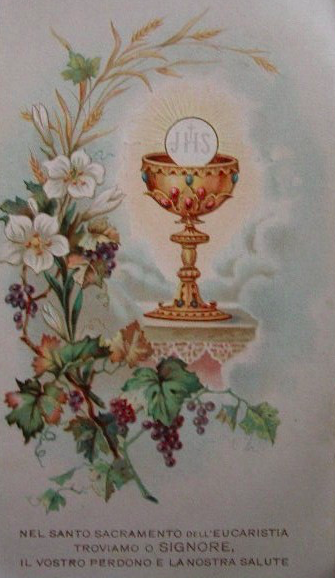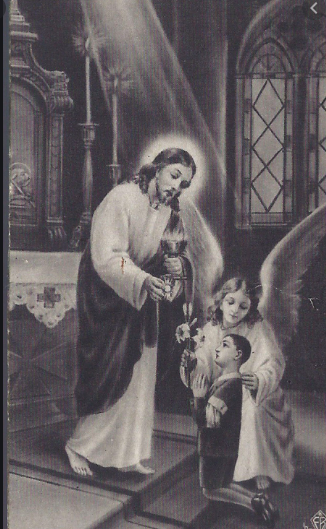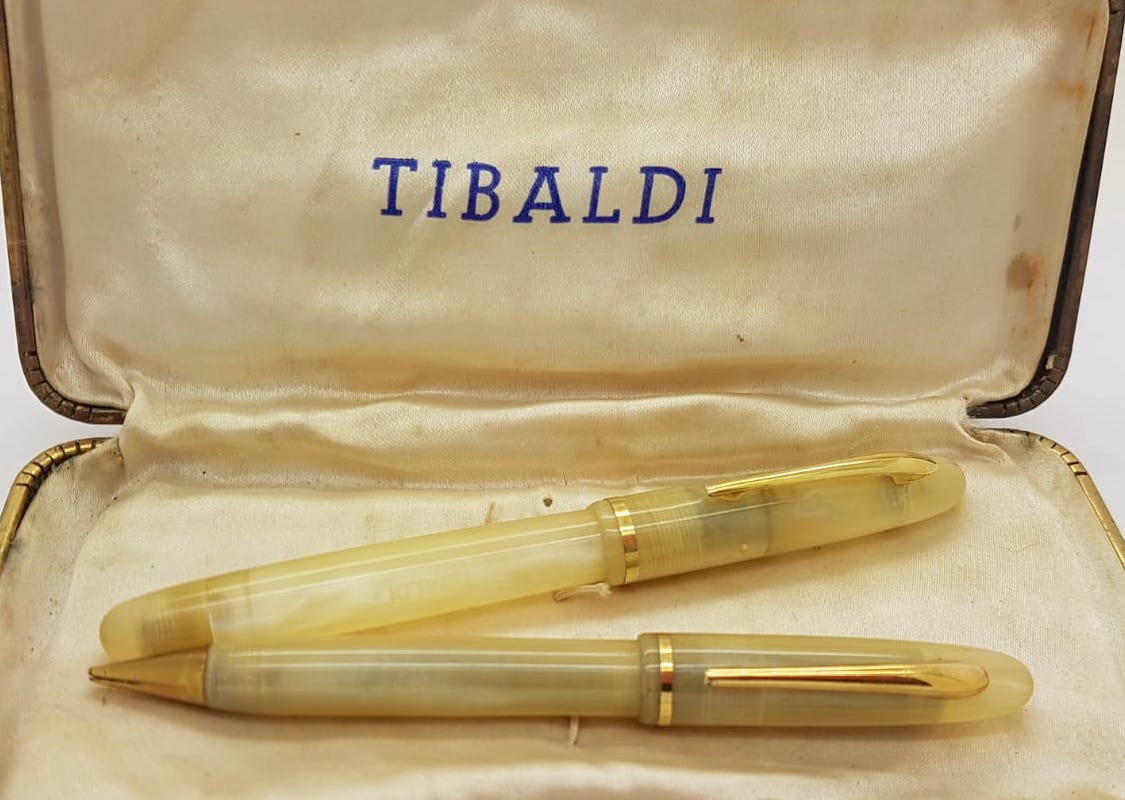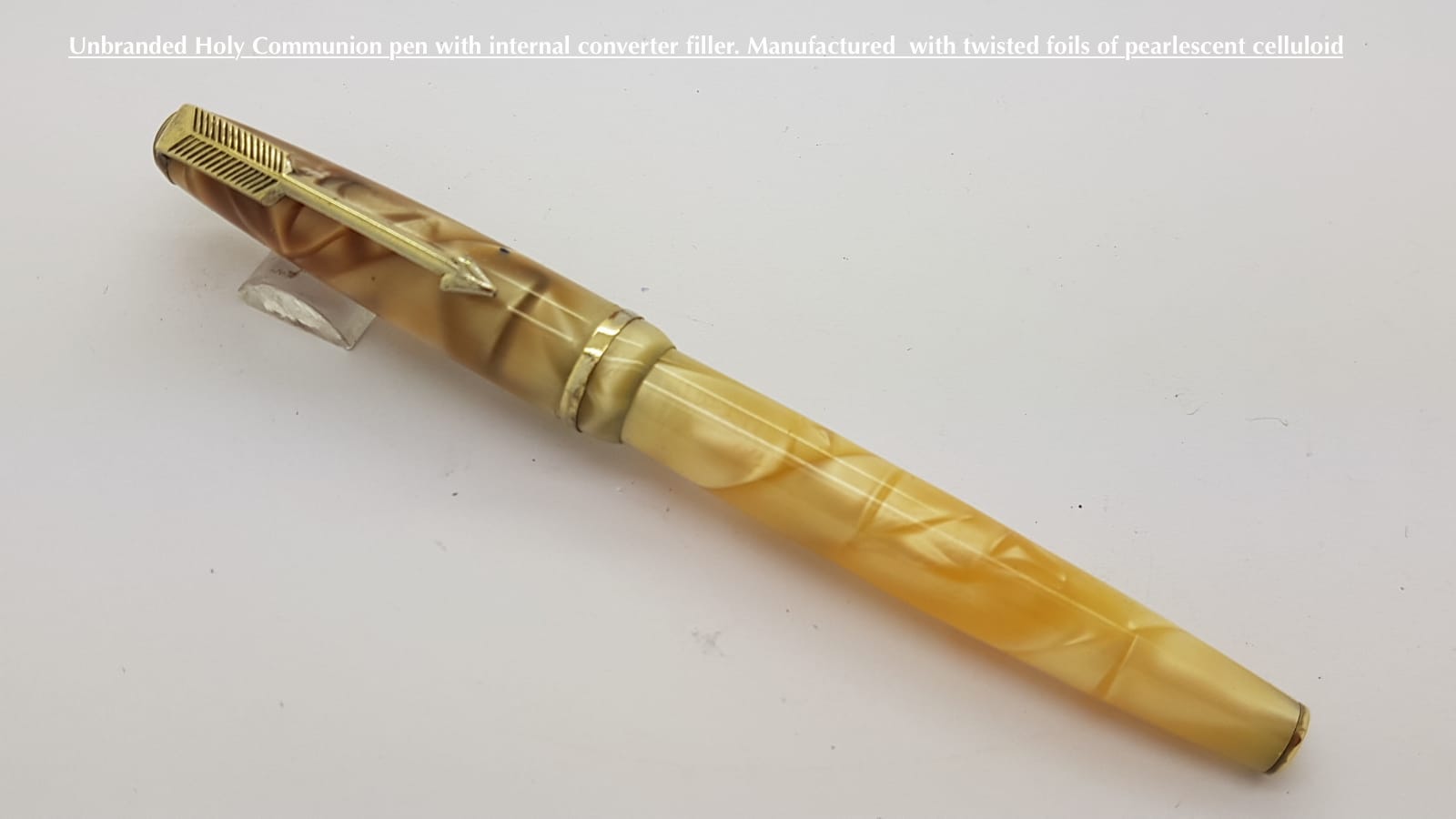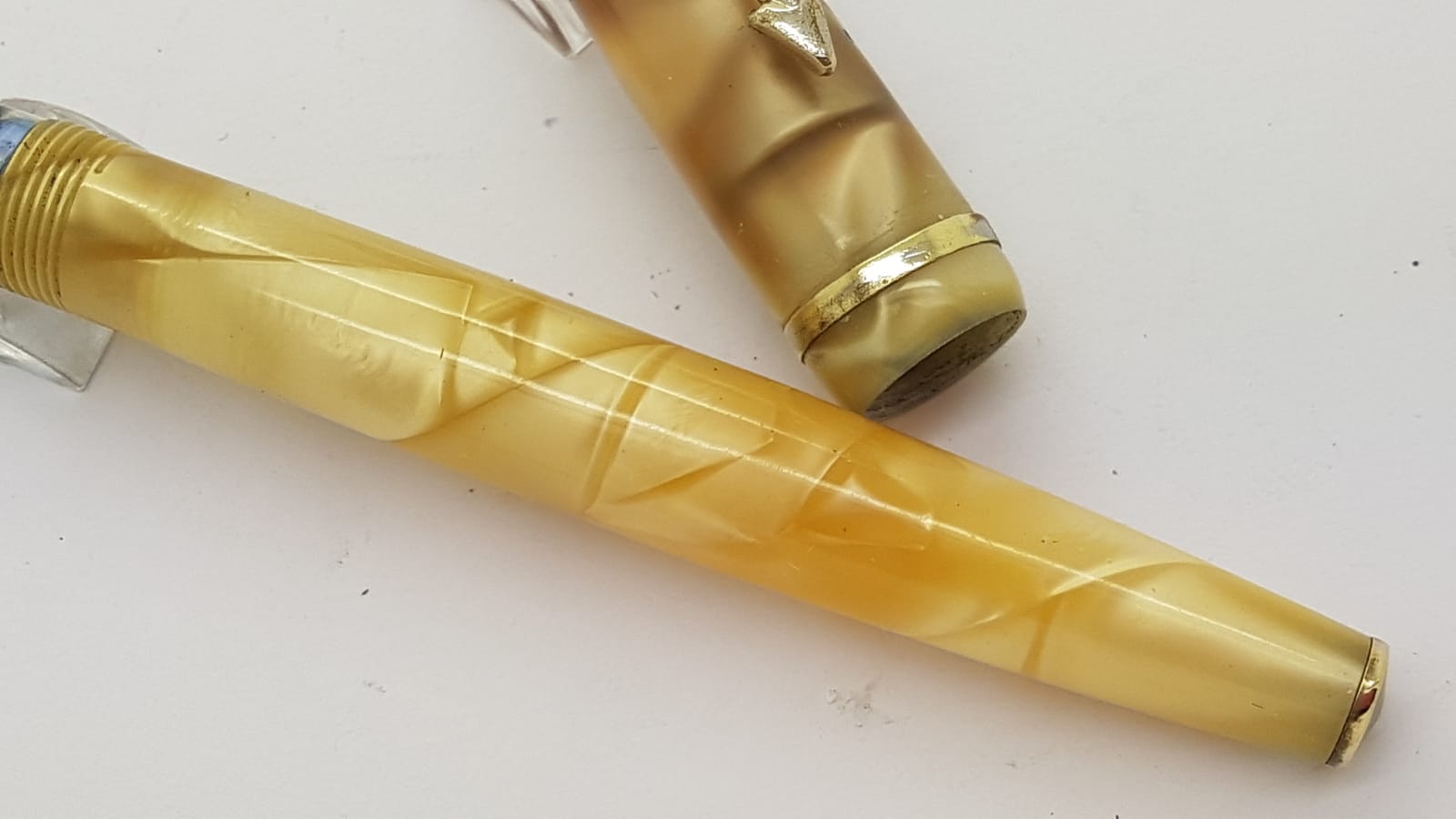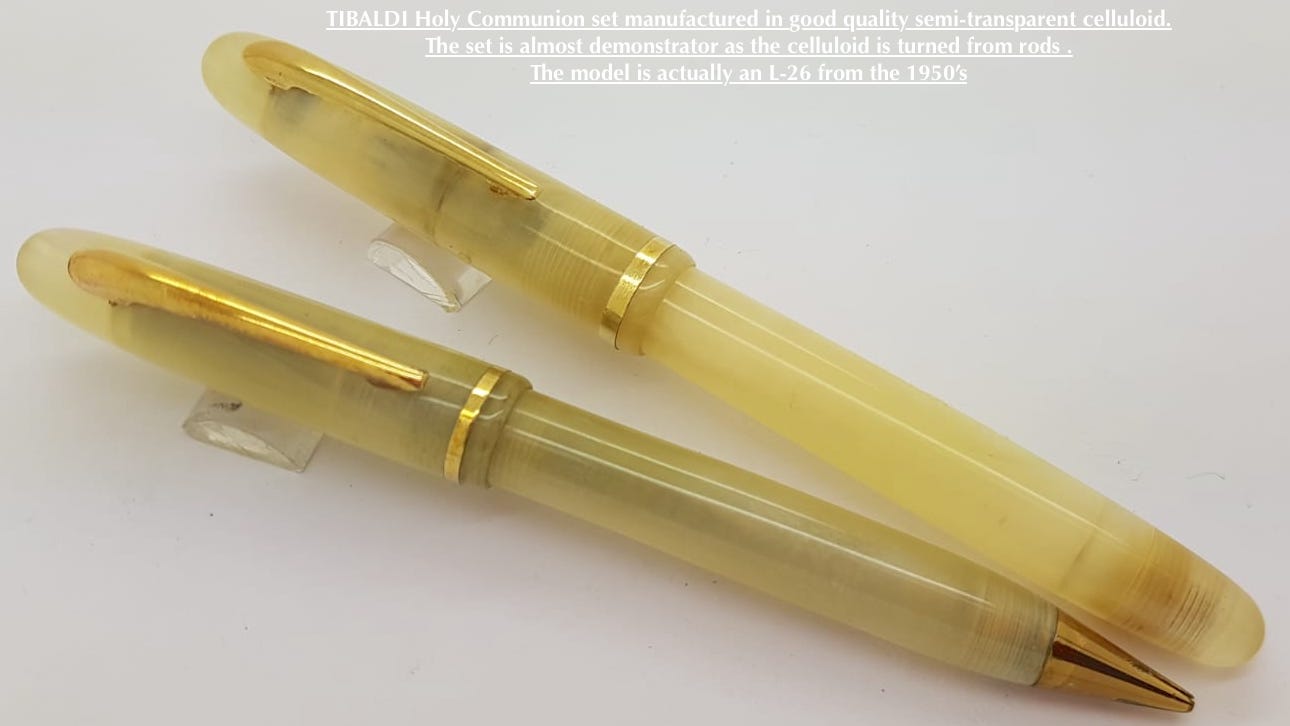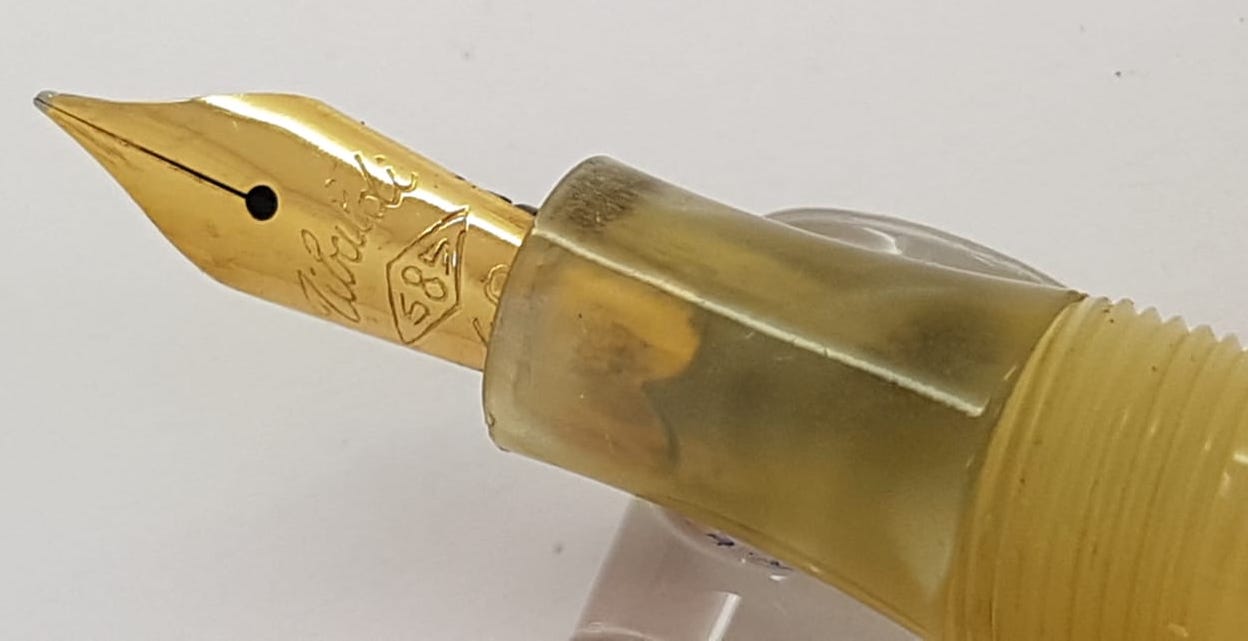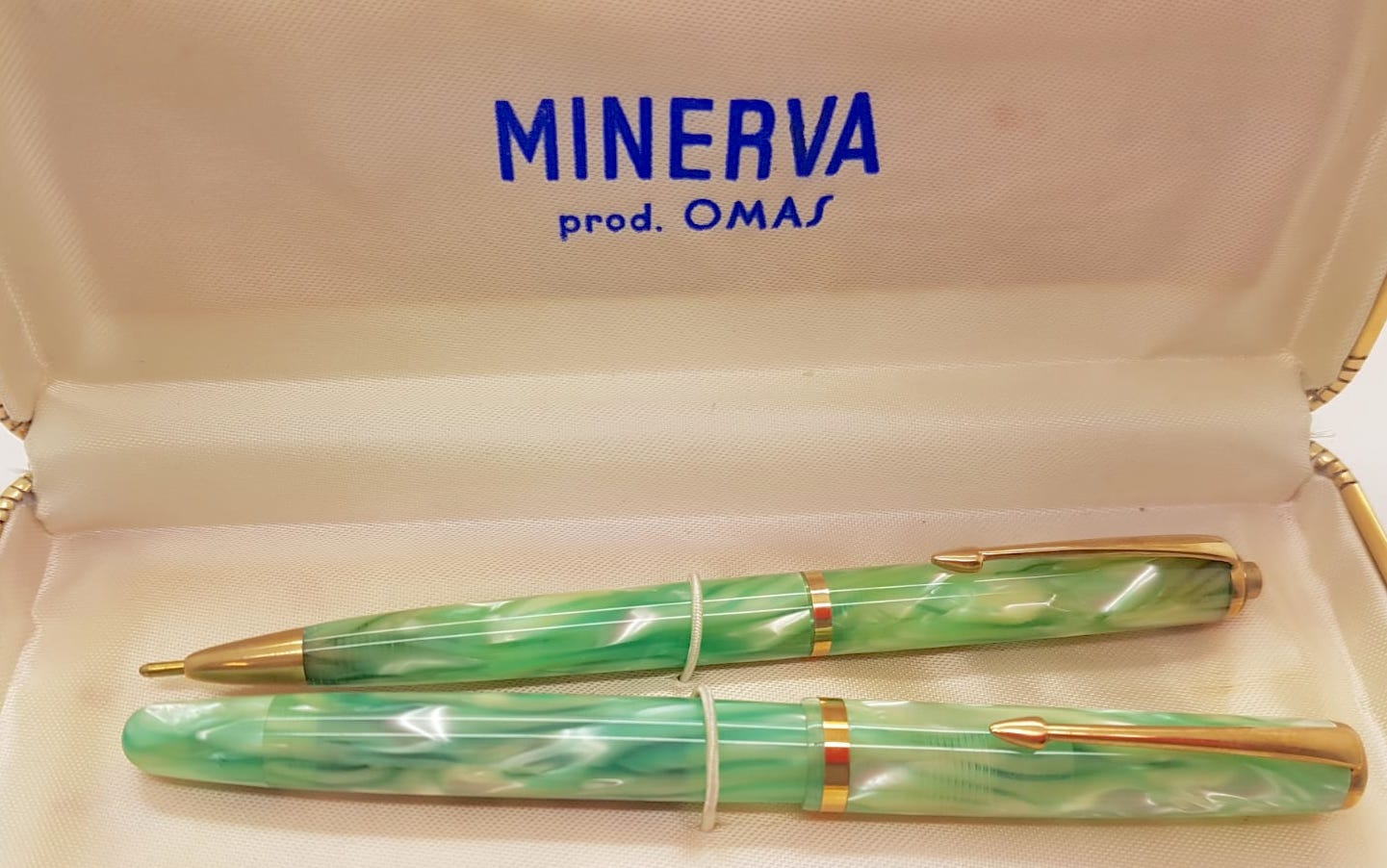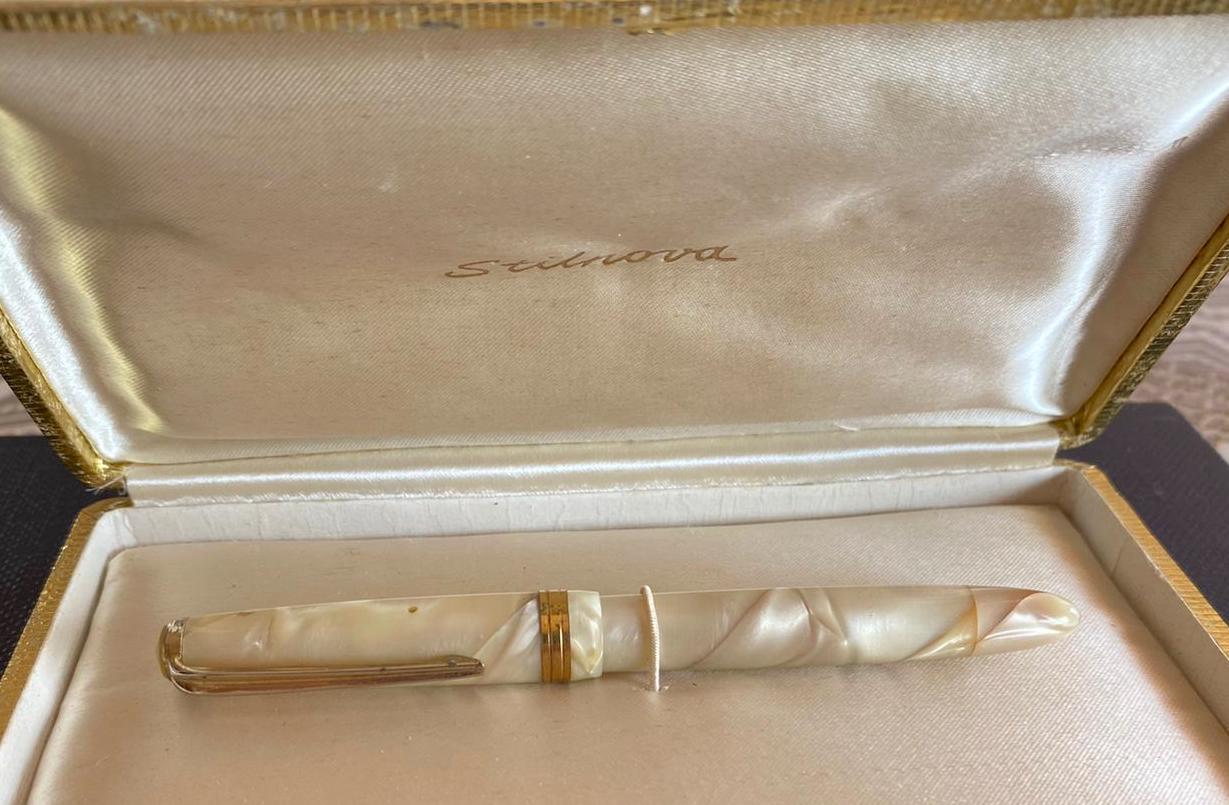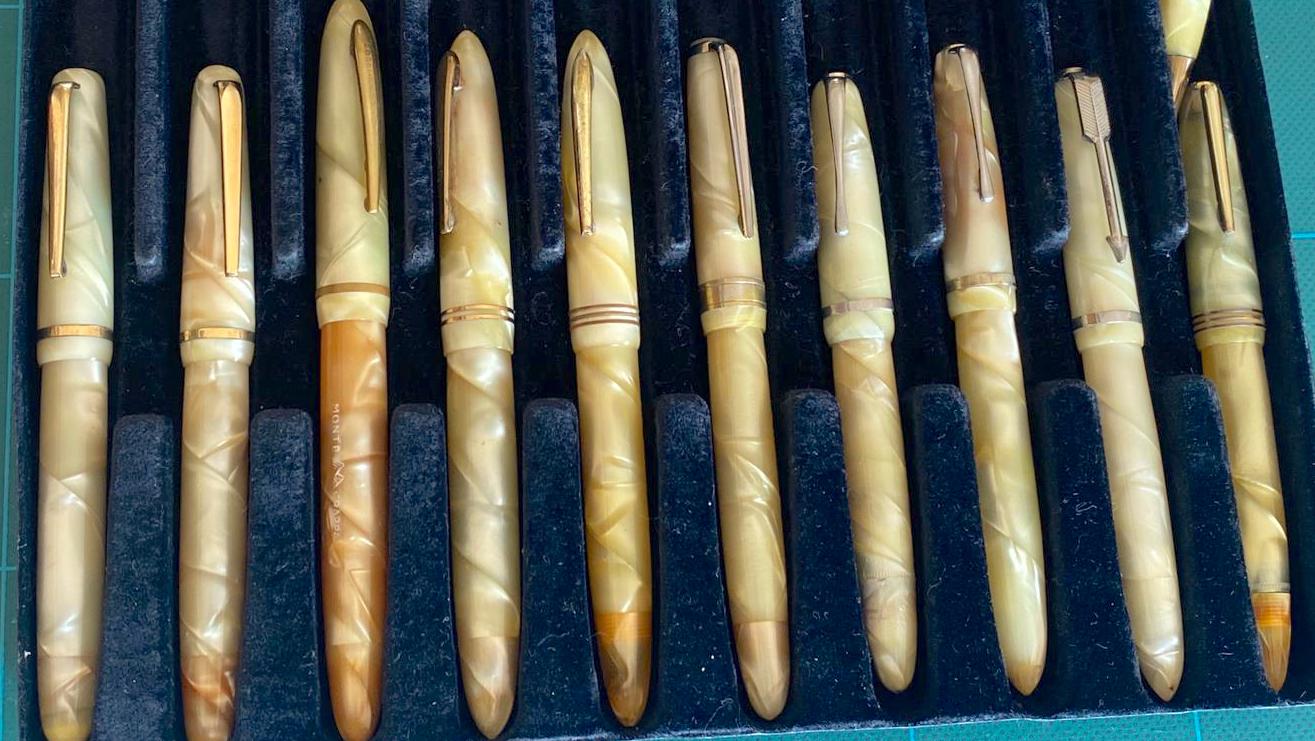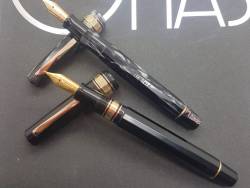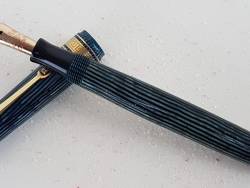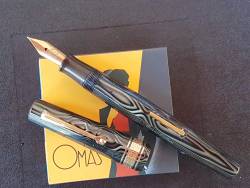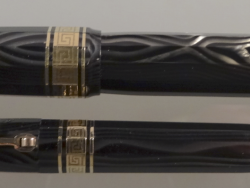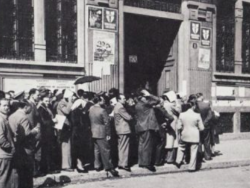HOLY COMMUNION PENS - an interesting chapter in Italy's penmaking history
In Catholic countries the day of the First Holy Communion is a very important passage in the life of kids. It formalizes their official entry into the Catholic community and for the first time in their life, they are allowed to participate in the ritual of the Holy Communion and share the symbolic meaning of it.
The day of the First Holy Communion is a day of joy and celebration and the entire family, relatives and friends take part in it.
As a tradition, kids receive an important gift form their families and relatives.
Fountain pens have been for years one of the most appreciated gifts for this event. The pen symbolizes the ability to express oneself and is easily connected to this celebration, the day when a kid is allowed for the first time to get in touch with the “body of Christ” , therefore ready to become a grown-up.
The trend to give pens as a gift for the Holy Communion took shape in the postwar years and pen companies started producing specific pens to be given as symbolic gifts for this celebration.
These pens were obviously white; white is the color of purity and innocence and the pens were offered in special white presentation boxes, where sometimes a gilt symbolic medal attached to a white ribbon was added.
The white ribbon was traditionally worn by boys on the sleeve or on the front of their jackets on the day of celebration, while girls wore white dresses and a veil.
From a collector’s point of view, these pens have been considered uninteresting and rather crass for many decades. In the 1960’s and 1970’s , in fact, most Holy Communion pens were pretty cheap items, primarily produced in white resin and later plastic, which were sold at affordable prices for easy inexpensive gifts.
Holy Communion pens have been produced by a number of pen makers with a remarkable prevalence of small and larger companies from the Turin and Settimo torinese area. Their products are mainly manufactured with cheap whitish, pearlescent twisted celluloid foils. In many cases they have gold nibs but the metal trims are generally pretty cheap.
However, this type of pens were manufactured by larger and more famous companies, too. In this case, the pens are of much higher quality and some of them were produced using semi transparent or marbled celluloid rods, with good quality metal trims and 14 ct gold nibs.
Holy Communion pens were produced by Columbus, Montegrappa, Tibaldi and a few other major companies. In this sense they represent a very interesting chapter in the history of the Italian fountain pen. Some of them are very beautiful pieces and are worth collecting for their look and nice nibs. Sizes are generally small or medium but models in full size exist, too.
A number of these white, pearlescent pens are very fascinating as their style is definitely original and unusual for modern collectors.
A few major companies such as Tabo and Omas, did not produce specific Holy communion pens but just used junior models of their standard production which were offered in white presentation boxes.
In the attached image you can see a superb Minerva 60 set in pearlescent green/light blue celluloid which was offered in a white box, to be used as Holy Communion gift.

